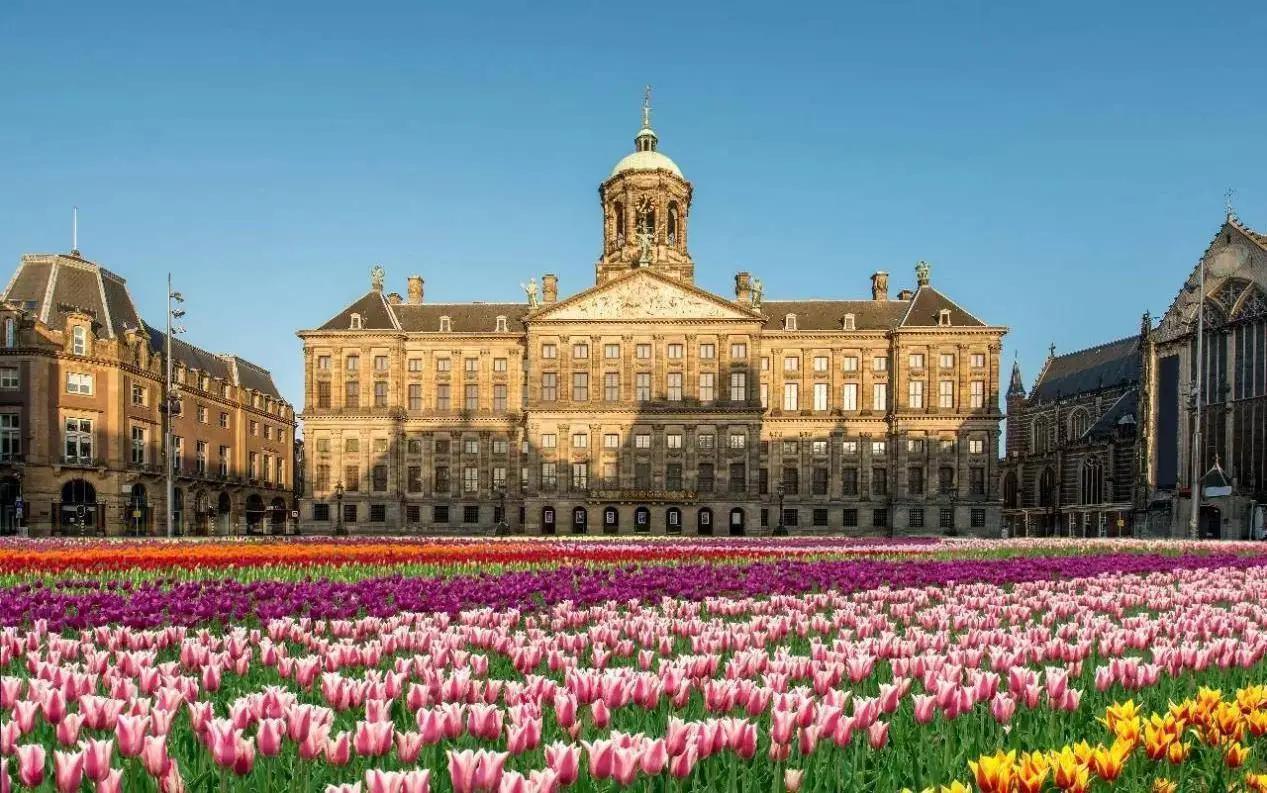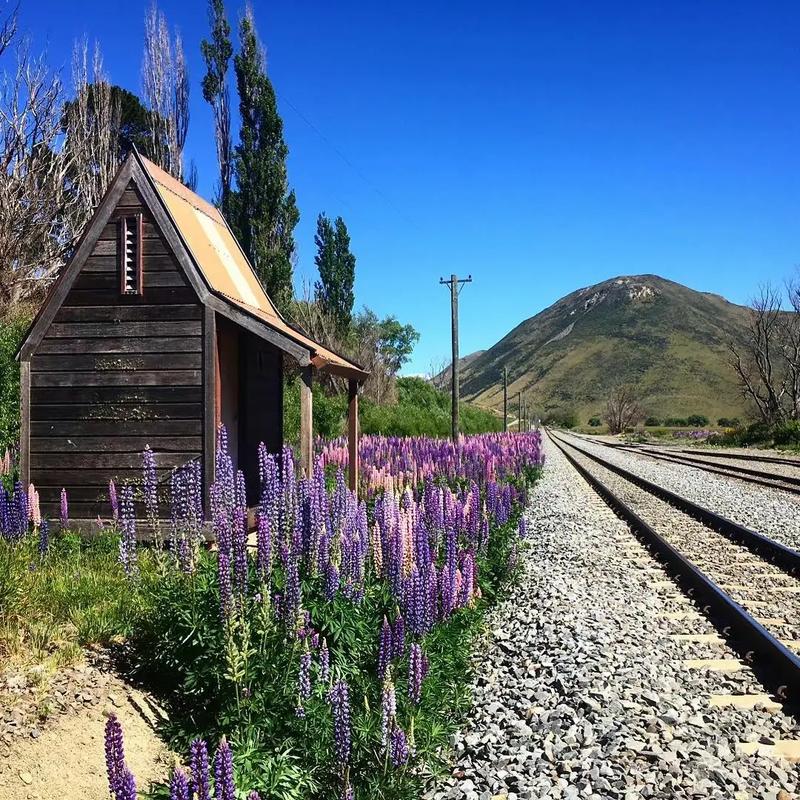Japan Travel
Kyoto’s Kinkaku-ji: Golden Pavilion Attraction
Kyoto, the ancient capital of Japan, is a city where time seems to flow in multiple directions at once. Amidst its bustling modern streets and serene bamboo forests, history whispers from every corner. Yet, few landmarks capture the imagination quite like Kinkaku-ji, the Golden Pavilion. More than just a temple, it is a symbol of transcendence—a shimmering vision of beauty, spirituality, and resilience that continues to captivate visitors from around the world.

Perched on the edge of Kyōko-chi (Mirror Pond), Kinkaku-ji is a breathtaking structure whose top two floors are completely covered in gold leaf. The pavilion reflects itself perfectly upon the still waters of the pond, creating a dazzling symmetry that blurs the line between reality and illusion. This is no accident; every element of its design is deeply intentional, rooted in the Buddhist ideal of creating a paradise on earth.
The history of Kinkaku-ji is as layered as its gleaming facade. Originally built in 1397 as a retirement villa for the powerful shogun Ashikaga Yoshimitsu, it was later converted into a Zen Buddhist temple by his son, in accordance with his wishes. Yoshimitsu was a complex figure—a ruthless military leader who was also a devoted patron of the arts. His villa was designed to be a physical manifestation of his power and his spiritual aspirations, blending elements of aristocratic culture with the emerging aesthetics of Zen.
The architecture of the pavilion itself tells a story of cultural fusion. Each of its three stories represents a distinct architectural style. The first floor, called the Chamber of Dharma Waters, is built in the shinden-zukuri style of Heian-period imperial palaces. Its natural wood pillars and white plaster walls provide a stark, earthly contrast to the floors above. Here, statues of the Shaka Buddha and Yoshimitsu are enshrined, though they are not visible to the public.
The second floor, the Tower of Sound Waves, is designed in the buke-zukuri style of samurai residences. This floor houses a canon of Buddhist deities and is surrounded by a veranda, though entry is prohibited. The third and top floor is built in the style of a Chinese Zen hall, known as chashitsu. It is capped with a golden phoenix that seems to gaze eternally over the city. This deliberate architectural layering symbolizes the harmony between the different strands of Japanese culture: the imperial court, the samurai warrior class, and the profound influence of Zen Buddhism.
However, the golden pavilion we see today is not the original structure. In 1950, a young novice monk, consumed by an obsessive fascination with the temple’s beauty, set fire to the building, reducing it to ashes. This tragic event, which shocked the nation, was famously fictionalized in Yukio Mishima’s novel, The Temple of the Golden Pavilion. The incident forced a national conversation about beauty, possession, and destruction. The meticulous reconstruction, completed in 1955, was an act of profound cultural resilience. The new structure was faithfully rebuilt, and even more gold leaf was applied to the upper floors to enhance its brilliance, ensuring that the symbol would not only survive but emerge more radiant than before.
A visit to Kinkaku-ji is a carefully choreographed experience. Visitors follow a circular path through the extensive gardens, which are designated as a Special Place of Scenic Beauty. The path offers a series of curated views, each framing the pavilion from a different perspective—through pine trees, over the pond, or from a small hill. Unlike many temples where visitors can enter the building, at Kinkaku-ji the pavilion is admired from afar, an untouchable jewel that encourages contemplation rather than possession.
Beyond the pavilion itself, the gardens are a masterpiece of shakkei, or "borrowed scenery," incorporating the surrounding Kitaayama mountains into the overall design. The pond is dotted with numerous stones and islands, each with poetic names like "Turtle Island" or "Crane Island," symbols of longevity and good fortune in Japanese culture. The path eventually leads to the temple’s quiet secondary gardens and a small tea house where visitors can partake in matcha green tea, a practice deeply connected to the culture Yoshimitsu admired.
For the millions who visit each year, Kinkaku-ji offers more than just a photo opportunity. It is a lesson in impermanence, a core tenet of Buddhist philosophy. The original building is gone, yet its spirit is eternally preserved. It challenges the viewer to consider the nature of beauty: Is it the physical structure, or is it the idea it represents? The gold leaf, which must be periodically replenished, is a testament to the ongoing effort required to maintain such an ideal.
In the end, Kinkaku-ji stands as a monument to human aspiration. It represents a moment in history when a warrior dared to dream of paradise and built it in gold and wood. It represents the artistic and spiritual zenith of Japanese culture. And most powerfully, it represents the ability to rebuild, to find beauty even in ashes. As its golden reflection shimmers on the water’s surface, it reminds us that the most profound beauty is often not in the solid, permanent object, but in the fleeting, perfect moment of its appreciation. It is, and will always remain, Kyoto’s golden soul.
相关文章
- Yamagata’s Zao Onsen: Snow Monster Hot Spring Attraction
- Japan’s Maid Cafés: Akihabara Subculture Attractions
- Okayama’s Okayama Korakuen: Historic Garden Attraction
- Japan’s Horse Racing Tracks: Equestrian Sports Attractions
- Tokyo’s Odaiba Gundam: Anime Icon Attraction
- Japan’s Doll Festivals: Hinamatsuri Attractions
- Kagoshima’s Ibusuki Onsen: Sand Bath Hot Spring Attraction
- Japan’s Table Tennis Clubs: Recreational Attractions
- Kyoto’s Nishiki Market: 400-Year-Old Food Attraction
- Japan’s Camellia Festivals: Winter Flower Attractions
发表评论
评论列表
- 这篇文章还没有收到评论,赶紧来抢沙发吧~


